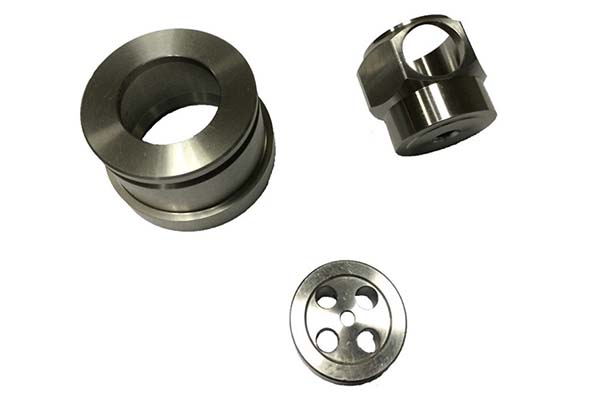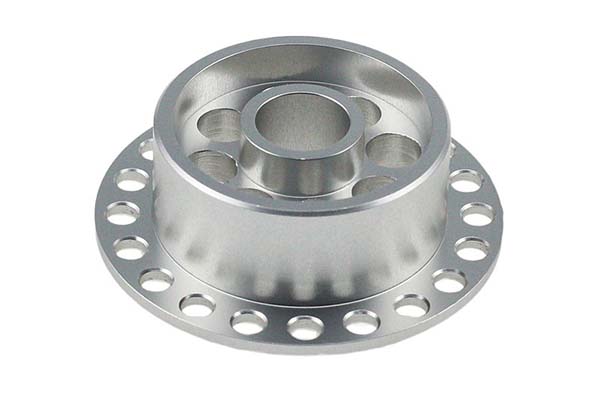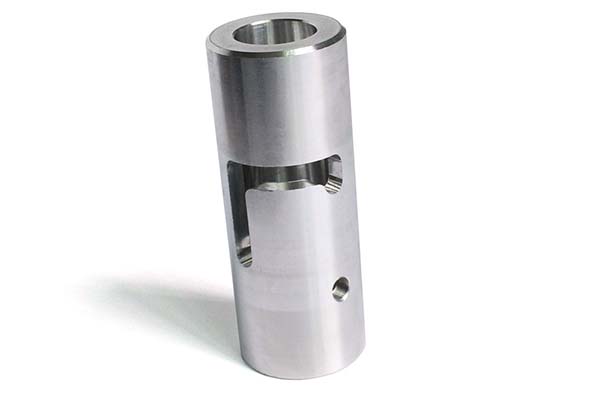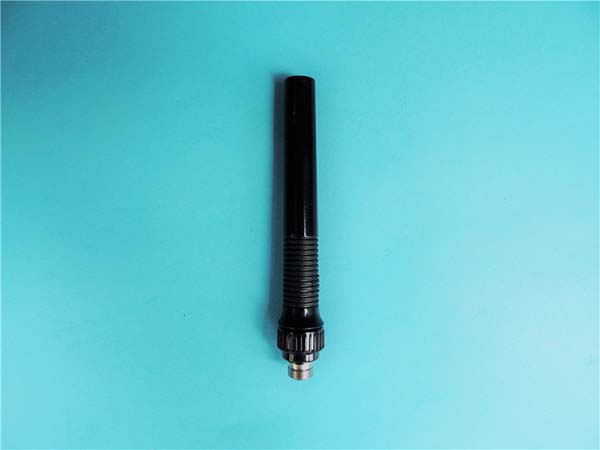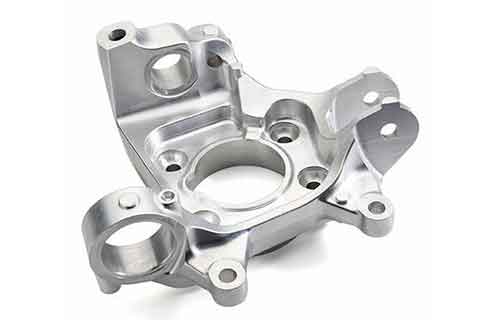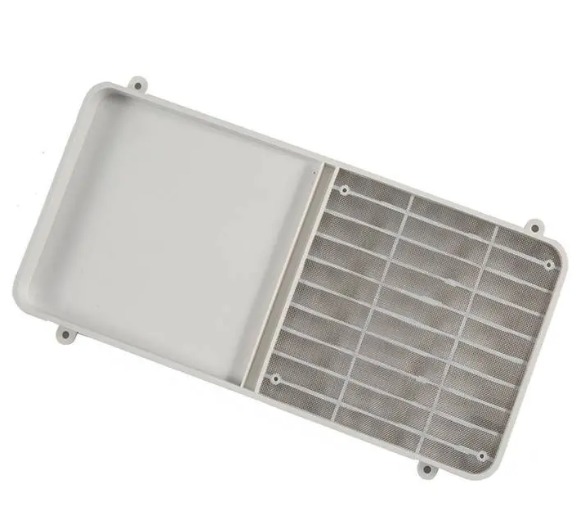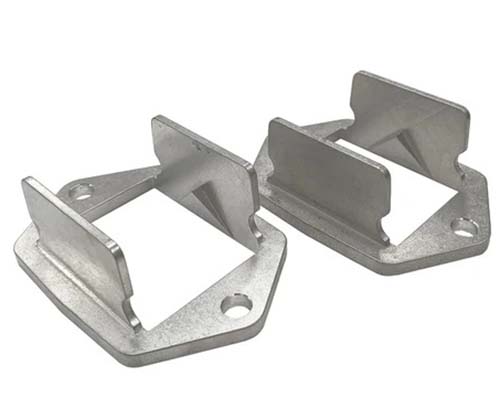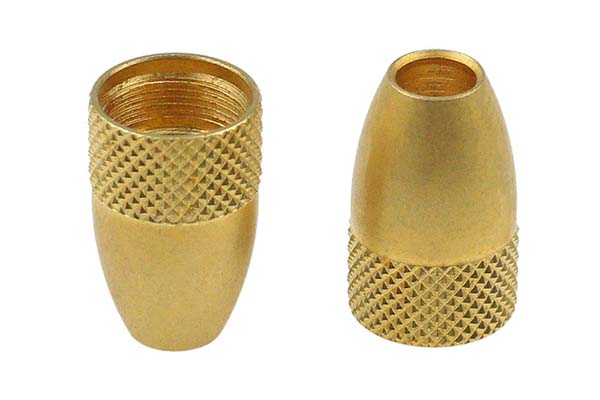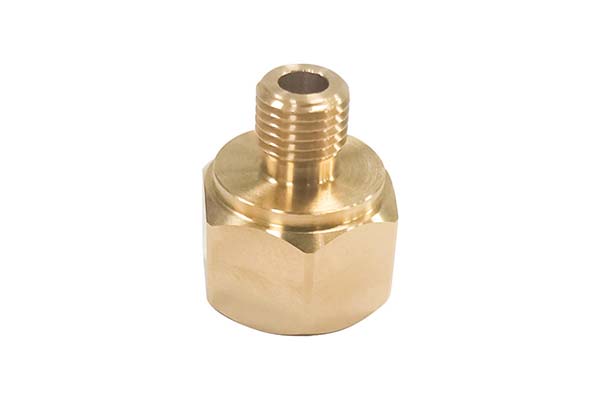Manufacturers in search of a stainless steel that balances strength, corrosion resistance, and moderate machinability often turn to SS455 steel. As a precipitation-hardening stainless steel, it offers impressive mechanical properties after heat treatment, but machining it comes with distinct challenges. Its unique material composition includes elements that enhance hardness and corrosion resistance but also increase cutting forces and tool wear compared to more common stainless steel grades. Additionally, work hardening is a significant concern, as even slight tool contact can harden the material surface, making subsequent machining operations more difficult. Distinguishing its characteristics from other stainless steels is key to avoiding production inefficiencies and performance issues. This guide addresses these pain points, providing practical strategies to optimize CNC machining SS455 for consistent quality and efficiency in various industrial applications.
Material and Properties
SS455 steel is a precipitation-hardening stainless steel designed to deliver a strong combination of strength, hardness, and corrosion resistance:
- Material composition: Typically contains 11-13% chromium, 3-5% nickel, 0.5-1.5% copper, 0.1-0.3% niobium, and low carbon content (≤0.07%). This unique blend contributes to its excellent mechanical properties and corrosion resistance.
- Mechanical properties: After heat treatment, it boasts a tensile strength of 1000-1200 MPa, yield strength of 800-1000 MPa, and elongation of 10-15%. These properties make it suitable for high-stress applications.
- Hardness: In the solution-annealed condition, hardness ranges from 28-32 HRC, increasing to 40-45 HRC after aging. This hardness level provides good wear resistance while still allowing for machining with proper techniques.
- Corrosion resistance: Offers better corrosion resistance than many martensitic stainless steels, though not as high as austenitic grades like 304 or 316. It performs well in atmospheric conditions and moderate corrosive environments.
- Thermal properties: Has a coefficient of thermal expansion of approximately 11.0 × 10⁻⁶/°C and a thermal conductivity of 25 W/m·K, which influence machining due to heat generation during cutting.
These properties make SS455 steel a valuable material for applications requiring a balance of strength, corrosion resistance, and moderate machinability.
CNC Machining Process
Core Machining Operations
CNC machining SS455 requires careful process planning to handle its unique characteristics:
- CNC milling: Suitable for creating complex shapes and features, with cutting speeds typically ranging from 80-120 m/min for roughing and 120-150 m/min for finishing. Feed rates of 0.1-0.2 mm/tooth are common, depending on the specific operation.
- CNC turning: Effective for cylindrical parts, with recommended cutting speeds of 100-140 m/min for roughing and 140-180 m/min for finishing. Feed rates generally fall between 0.15-0.3 mm/rev, adjusted based on part geometry and surface finish requirements.
- Machining centers: Multi-axis machining centers are ideal for complex SS455 components, allowing for efficient processing in a single setup and reducing the risk of work hardening from multiple operations.
- Machining operations sequence: It's best to perform roughing operations first when the material is in its softer, solution-annealed state, followed by heat treatment and then finishing operations to achieve final dimensions and surface quality.
Cutting Parameters Optimization
- Cutting parameters for SS455 should be optimized to minimize work hardening. This includes using higher cutting speeds to reduce tool contact time and appropriate feed rates to maintain chip control.
- Depth of cut is typically 1-3 mm for roughing and 0.1-0.5 mm for finishing operations. Deeper cuts during roughing help remove material before significant work hardening occurs.
- Coolant application is critical, with high-pressure coolant systems (70-100 bar) recommended to maintain temperature control, flush chips, and reduce friction between the tool and workpiece.
SS455 Specific Considerations
Machining Challenges and Solutions
- Machinability of SS455: Moderate to good when in the solution-annealed condition, but significantly reduced after aging due to increased hardness. Machining before heat treatment whenever possible reduces tool wear and machining time.
- Heat treatment effects: Aging at 450-500°C increases hardness but can cause slight dimensional changes (typically 0.05-0.1% growth). This must be accounted for in the machining process by incorporating appropriate allowances.
- Work hardening: A major concern with SS455, as even light cuts can increase surface hardness by 5-10 HRC. Maintaining consistent cutting parameters and avoiding interrupted cuts helps minimize this effect.
- Cutting forces: Higher than for austenitic stainless steels, requiring rigid machine setups and tool holders to prevent vibration and ensure dimensional accuracy.
- Chip formation: Tends to form continuous, stringy chips that can cause surface damage and tool wear. Using tools with effective chip breakers and proper coolant application helps manage chip evacuation.
- Tool wear rate: Higher than for many stainless steels, particularly when machining aged SS455. This necessitates more frequent tool changes and the use of wear-resistant tool materials.
Tool Selection and Setup
Cutting Tools for SS455
- Carbide tools: The preferred choice for SS455 machining, with grades containing titanium carbonitride (TiCN) or aluminum oxide (Al₂O₃) offering good wear resistance. Fine-grained carbide grades provide better edge strength for interrupted cuts.
- High-speed steel tools: Can be used for low-volume production or simple geometries but have shorter tool life compared to carbide alternatives, making them less cost-effective for high-volume manufacturing.
- Tool geometry: Positive rake angles (5-10°) help reduce cutting forces and work hardening, while adequate clearance angles (7-10°) prevent rubbing and subsequent heat generation.
- Tool coatings: Titanium aluminum nitride (TiAlN) coatings are highly effective for SS455, providing excellent wear resistance and high-temperature performance. Aluminum chromium nitride (AlCrN) coatings are also a good choice for higher cutting speeds.
- Tool holder selection: Rigid tool holders with minimal runout are essential to maintain consistent cutting parameters and reduce vibration, which can accelerate tool wear and cause surface defects.
Surface Finish and Quality
Achieving Desired Surface Characteristics
- Surface roughness: SS455 can achieve surface roughness values (Ra) as low as 0.8 μm with proper finishing operations. This is typically achieved using higher cutting speeds, lower feed rates, and sharp tools in the final passes.
- Tolerance levels: Tight tolerances (±0.01 mm) are achievable with SS455, particularly when using precision CNC machining centers and proper fixturing. Maintaining consistent cutting conditions is key to achieving and maintaining these tolerances.
- Dimensional accuracy: Enhanced by using rigid machine setups, proper tool selection, and minimizing work hardening. Post-heat treatment finishing operations are crucial for achieving final dimensional accuracy.
Quality Control Measures
- Surface defects such as built-up edge (BUE), chatter marks, or scratches can occur when machining SS455. These are minimized by using sharp tools, appropriate cutting parameters, and effective coolant application.
- Inspection methods: Coordinate measuring machines (CMMs) are ideal for verifying dimensional accuracy, while surface profilometers check surface roughness. Visual inspection and magnetic particle testing can identify surface and near-surface defects.
- Quality control protocols should include regular checks of cutting tools, verification of cutting parameters, and inspection of critical dimensions throughout the production run to ensure consistency.
Applications and Industries
SS455 steel finds application in various industries where its unique combination of properties is valued:
- Automotive parts: Used for high-stress components such as valve parts, steering components, and drive train parts, where strength and moderate corrosion resistance are required.
- Industrial components: Ideal for pump shafts, valve stems, and mechanical fasteners in industrial machinery, providing good wear resistance and strength in demanding operating environments.
- Aerospace applications: Used in non-critical aerospace components where a balance of strength, corrosion resistance, and weight is important, such as brackets, fittings, and small structural parts.
- Mechanical engineering: Employed in a range of mechanical components including gears, cams, and linkages, where its good mechanical properties and moderate machinability provide performance advantages.
Yigu Technology’s Perspective
At Yigu Technology, we have extensive experience in CNC machining SS455 for diverse industrial applications. Our expertise shows that machining SS455 in its solution-annealed state reduces tool wear by up to 40% compared to machining after aging. We recommend using TiAlN-coated carbide tools with positive rake angles to minimize cutting forces and work hardening. Our precision machining centers maintain tight tolerances of ±0.005 mm, ensuring dimensional accuracy even after heat treatment. For optimal surface finish, we employ high-speed finishing passes with controlled feed rates, achieving Ra values as low as 0.4 μm when required. Our quality control protocols, including CMM inspections and surface roughness testing, ensure consistent part quality. We work closely with clients to develop machining strategies that balance performance requirements with production efficiency for SS455 components.
FAQ
- What makes SS455 steel suitable for high-stress applications?
SS455 steel offers excellent mechanical properties including high tensile strength (1000-1200 MPa) and hardness (40-45 HRC after aging), combined with good corrosion resistance. These characteristics make it ideal for components subjected to heavy loads and moderate corrosive environments in automotive, industrial, and aerospace applications.
- How does the machinability of SS455 compare to other stainless steels?
The machinability of SS455 is moderate, better than many martensitic stainless steels but not as good as austenitic grades like 304. Its tendency to work hardening and higher cutting forces require careful tool selection and parameter optimization. Machining in the solution-annealed state significantly improves machinability compared to post-heat treatment processing.
- What are the key considerations for achieving good surface finish on SS455?
Achieving good surface roughness on SS455 requires using sharp, TiAlN-coated carbide tools with appropriate geometry, optimizing cutting parameters (higher speeds, lower feed rates for finishing), and maintaining effective coolant application. Performing finishing operations after heat treatment, when the material is at its final hardness, helps achieve the desired surface quality and dimensional accuracy.
